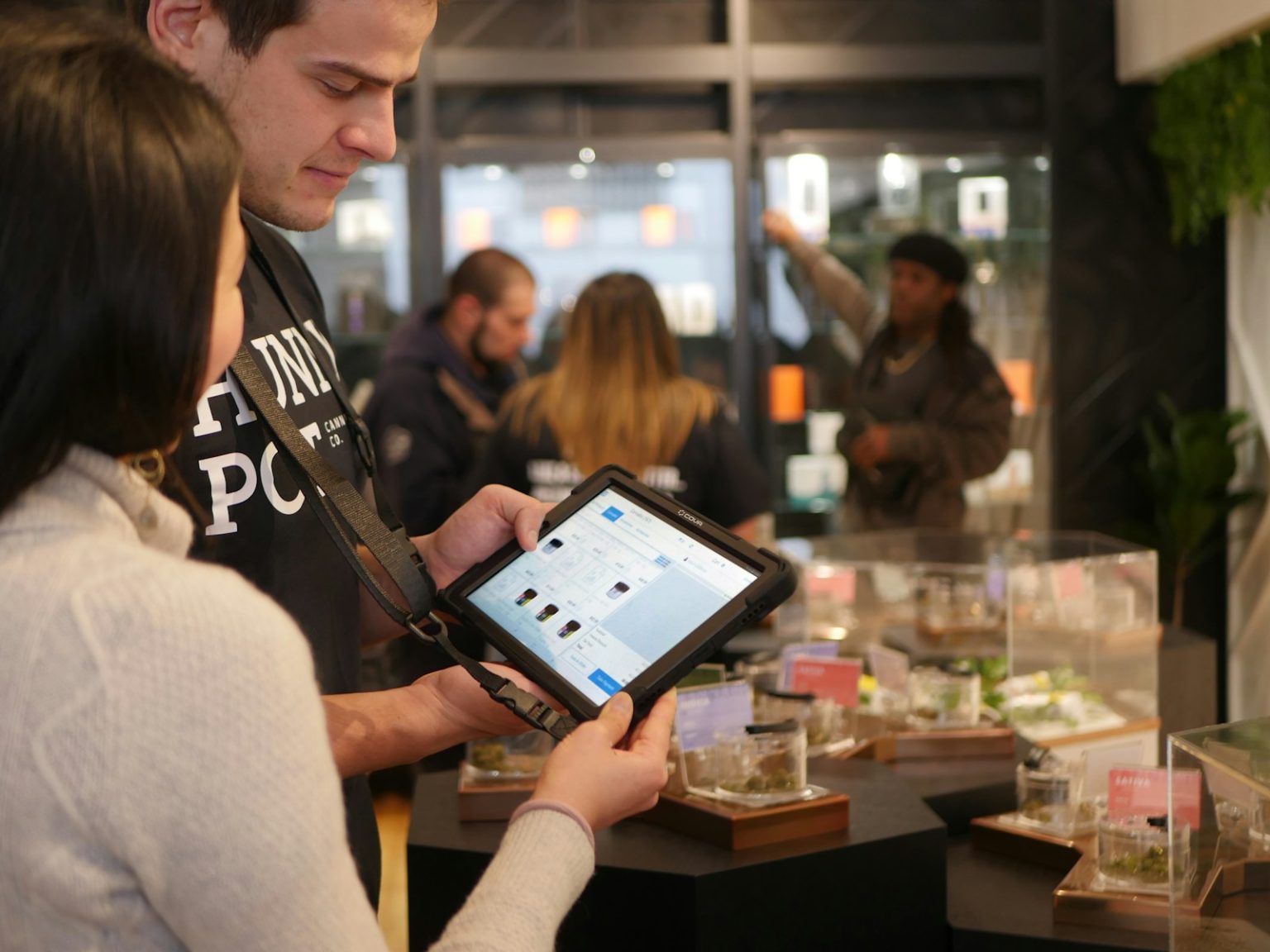Everyone remembers a poor experience. Very few people remember a good one. This stark reality has always resonated with me throughout my career in customer service. It’s a simple truth that shapes how businesses should approach every customer interaction.
The math is straightforward but brutal: deliver one bad experience, and it might be the only thing a customer remembers about your brand. Deliver a good experience, and it might fade from memory within days.
Perfection Is Impossible, Excellence Is Essential
Let’s be honest – things go wrong. They always will. No business can deliver a 100% perfect experience every single time. The complexity of human interactions, technology, and logistics guarantees that mistakes will happen.
But this reality doesn’t give us permission to aim lower. Instead, it challenges us to do our absolute best to ensure we’re delivering the highest quality experience possible. We must take every measure to minimize errors and maximize satisfaction.
The goal isn’t perfection – it’s excellence in both delivery and recovery.
View this post on Instagram
The Recovery Opportunity
When things inevitably go wrong (and they will), how you respond makes all the difference. This is where many businesses miss a critical opportunity. A service failure isn’t just a problem to fix – it’s a chance to create a memorable positive impression.
Going above and beyond after a mistake offers something remarkable: the opportunity to create a more powerful positive impression than if everything had gone smoothly in the first place.
Consider what happens in these two scenarios:
- Everything goes perfectly – the customer is satisfied but may not remember the experience long-term
- Something goes wrong, but you respond with exceptional recovery efforts – the customer is likely to remember and appreciate your commitment to making things right
The second scenario often creates stronger loyalty and more positive word-of-mouth than the first. This isn’t to suggest we should intentionally create problems, but rather that we should view service recovery as a critical moment of opportunity.
The Psychology Behind Recovery
When we fix a problem in a way that exceeds expectations, we demonstrate several powerful qualities to our customers:
- We genuinely care about their experience
- We take responsibility for our mistakes
- We value their business enough to make significant effort to retain it
- We’re committed to excellence even when it’s difficult
These qualities resonate deeply with customers. They create emotional connections that transcend the transactional nature of business relationships.
I’ve seen this play out countless times throughout my career. A customer who experiences a problem that gets brilliantly resolved often becomes more loyal than one who never experiences a problem at all. They’ve seen how you operate when things get difficult, and they’re impressed by what they saw.
Building a Recovery-Ready Culture
To capitalize on this opportunity, businesses need to build systems and cultures that are ready for recovery moments. This means:
Empowering frontline employees to make decisions that benefit customers without requiring multiple layers of approval. When a customer has a problem, time is of the essence.
Training teams to recognize that service failures aren’t just fires to put out – they’re opportunities to create memorable positive experiences.
Measuring and rewarding exceptional recovery efforts alongside prevention metrics.
The businesses that understand this dynamic gain a significant competitive advantage. They transform what could be their greatest weakness – service failures – into opportunities to showcase their greatest strength: their commitment to customer satisfaction.
So while we should always work to prevent problems, we must simultaneously prepare to respond brilliantly when they occur. Because in that response lies the opportunity to create the kind of memorable experience that customers will not only remember but will eagerly share with others.







